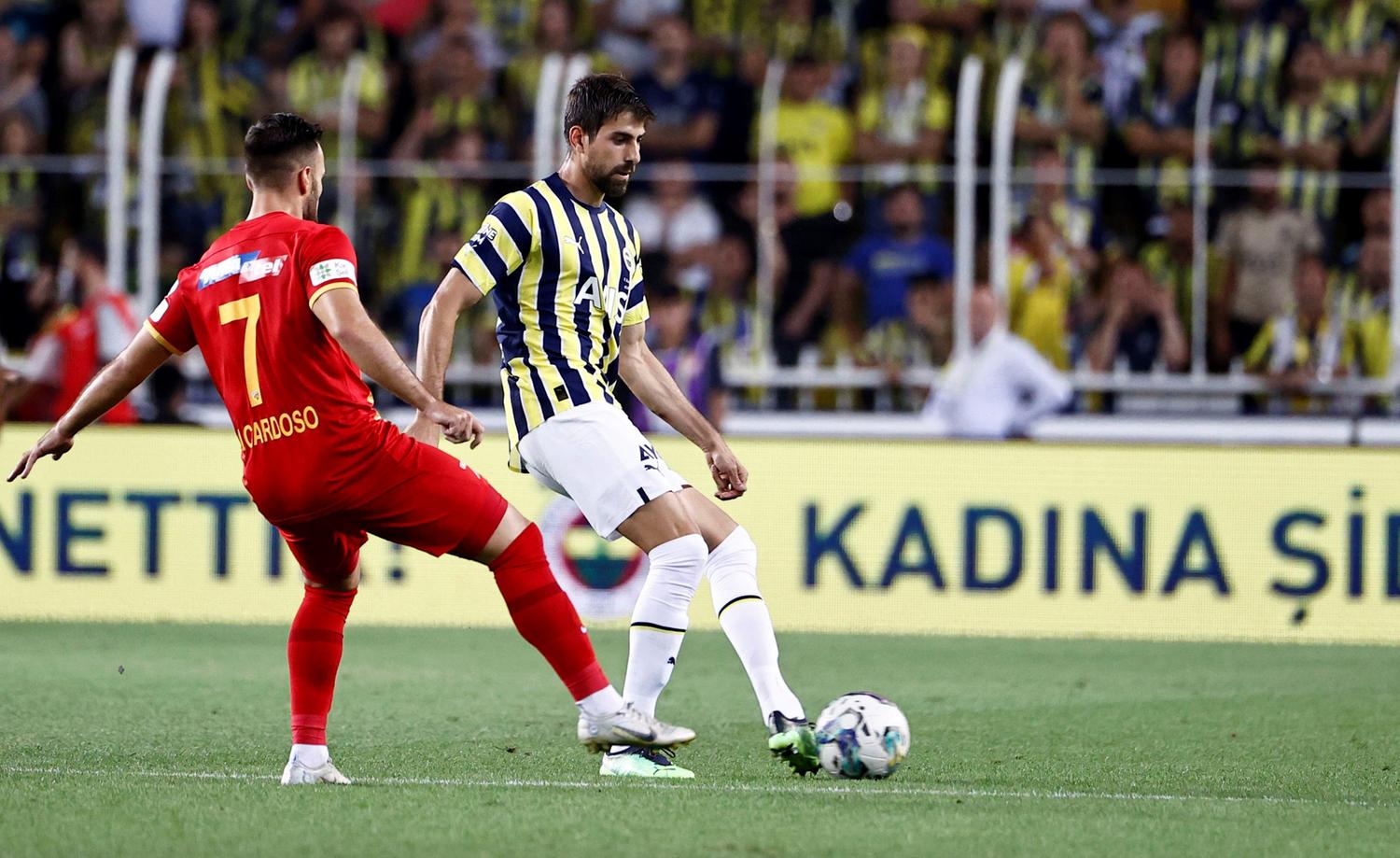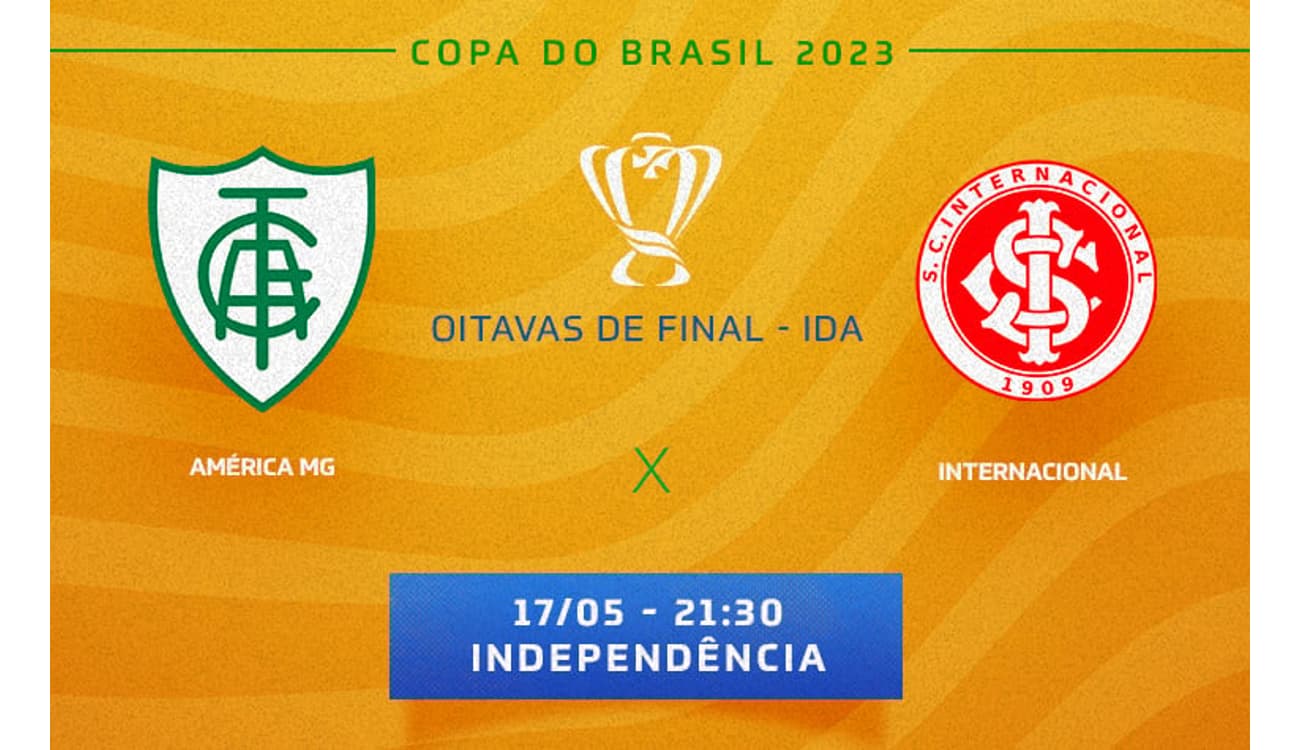The Copa Libertadores: A Historic South American Football Tournament
Por um escritor misterioso
publicado em dezembro/22/2024

Explore the rich history and significance of the Copa libertadores , the premier club football tournament in South America.


The tournament was first held in 1960 and was inspired by the European Cup (now known as the UEFA Champions League). The inaugural edition featured seven teams from Argentina, Brazil, Chile, Paraguay, Peru, and Uruguay. Since then, the number of participating teams has increased, and it now includes clubs from all ten member associations of the South American Football Confederation (CONMEBOL).
The Copa libertadores follows a knockout format, with teams competing in two-legged matches throughout the tournament. The winner of each tie advances to the next round until the final, where the two remaining teams battle it out for the coveted trophy. The final is also played over two legs, with the away goals rule in effect. If the aggregate score is tied after both legs, the match goes into extra time and, if necessary, a penalty shootout.
Over the years, the Copa libertadores has witnessed fierce rivalries, intense matches, and memorable moments. It has become a stage for South American clubs to showcase their talent and compete against the best in the region. The tournament has produced legendary players who have gone on to make their mark in international football.
Some of the most successful clubs in the history of the Copa libertadores include Club Atlético Independiente from Argentina, who won the tournament a record seven times, and Club Atlético Boca Juniors, also from Argentina, who have won it on six occasions. Other notable winners include Club Nacional from Uruguay, Santos FC from Brazil, and Club Atlético River Plate from Argentina.
The Copa libertadores is not only about football; it is deeply intertwined with the culture and passion of South America. The matches are known for their electric atmosphere, with fans creating a vibrant and intense environment in the stadiums. The tournament has witnessed iconic moments, such as the Maracanazo in 1969 when Club Estudiantes de La Plata defeated Club Atlético Nacional in the final at the Maracanã Stadium in Rio de Janeiro, Brazil.
The significance of the Copa libertadores extends beyond the football pitch. It serves as a platform for South American clubs to gain international recognition and attract global talent. Many players have used their performances in the tournament as a springboard to secure moves to top European clubs. The success of South American teams in international competitions like the FIFA Club World Cup is often attributed to their experience and pedigree in the Copa libertadores.
In recent years, the Copa libertadores has undergone changes to further enhance its appeal and competitiveness. The introduction of VAR (Video Assistant Referee) technology has brought greater accuracy and fairness to decision-making. The tournament has also expanded its reach by hosting matches in different countries, allowing fans from various regions to experience the excitement firsthand.
In conclusion, the Copa libertadores is much more than just a football tournament. It is a symbol of South American football, showcasing the passion, talent, and rich history of the region. With its intense matches, legendary rivalries, and unforgettable moments, the Copa libertadores continues to captivate football fans worldwide.




Casas Pré-Fabricadas: Conheça Vantagens e Desvantagens +55 Modelos

Casa da Água / Di Frenna Arquitectos
The Copa libertadores is an annual club football tournament held in South America. It is considered one of the most prestigious competitions in the world, showcasing the best teams from the region. In this article, we will delve into the rich history and significance of the Copa libertadores, highlighting its impact on South American football.The tournament was first held in 1960 and was inspired by the European Cup (now known as the UEFA Champions League). The inaugural edition featured seven teams from Argentina, Brazil, Chile, Paraguay, Peru, and Uruguay. Since then, the number of participating teams has increased, and it now includes clubs from all ten member associations of the South American Football Confederation (CONMEBOL).
The Copa libertadores follows a knockout format, with teams competing in two-legged matches throughout the tournament. The winner of each tie advances to the next round until the final, where the two remaining teams battle it out for the coveted trophy. The final is also played over two legs, with the away goals rule in effect. If the aggregate score is tied after both legs, the match goes into extra time and, if necessary, a penalty shootout.
Over the years, the Copa libertadores has witnessed fierce rivalries, intense matches, and memorable moments. It has become a stage for South American clubs to showcase their talent and compete against the best in the region. The tournament has produced legendary players who have gone on to make their mark in international football.
Some of the most successful clubs in the history of the Copa libertadores include Club Atlético Independiente from Argentina, who won the tournament a record seven times, and Club Atlético Boca Juniors, also from Argentina, who have won it on six occasions. Other notable winners include Club Nacional from Uruguay, Santos FC from Brazil, and Club Atlético River Plate from Argentina.
The Copa libertadores is not only about football; it is deeply intertwined with the culture and passion of South America. The matches are known for their electric atmosphere, with fans creating a vibrant and intense environment in the stadiums. The tournament has witnessed iconic moments, such as the Maracanazo in 1969 when Club Estudiantes de La Plata defeated Club Atlético Nacional in the final at the Maracanã Stadium in Rio de Janeiro, Brazil.
The significance of the Copa libertadores extends beyond the football pitch. It serves as a platform for South American clubs to gain international recognition and attract global talent. Many players have used their performances in the tournament as a springboard to secure moves to top European clubs. The success of South American teams in international competitions like the FIFA Club World Cup is often attributed to their experience and pedigree in the Copa libertadores.
In recent years, the Copa libertadores has undergone changes to further enhance its appeal and competitiveness. The introduction of VAR (Video Assistant Referee) technology has brought greater accuracy and fairness to decision-making. The tournament has also expanded its reach by hosting matches in different countries, allowing fans from various regions to experience the excitement firsthand.
In conclusion, the Copa libertadores is much more than just a football tournament. It is a symbol of South American football, showcasing the passion, talent, and rich history of the region. With its intense matches, legendary rivalries, and unforgettable moments, the Copa libertadores continues to captivate football fans worldwide.

América-MG x Internacional: onde assistir, prováveis times e desfalques

Grêmio aproveita lambança, bate Cruzeiro e vai às quartas da Copa do Brasil
